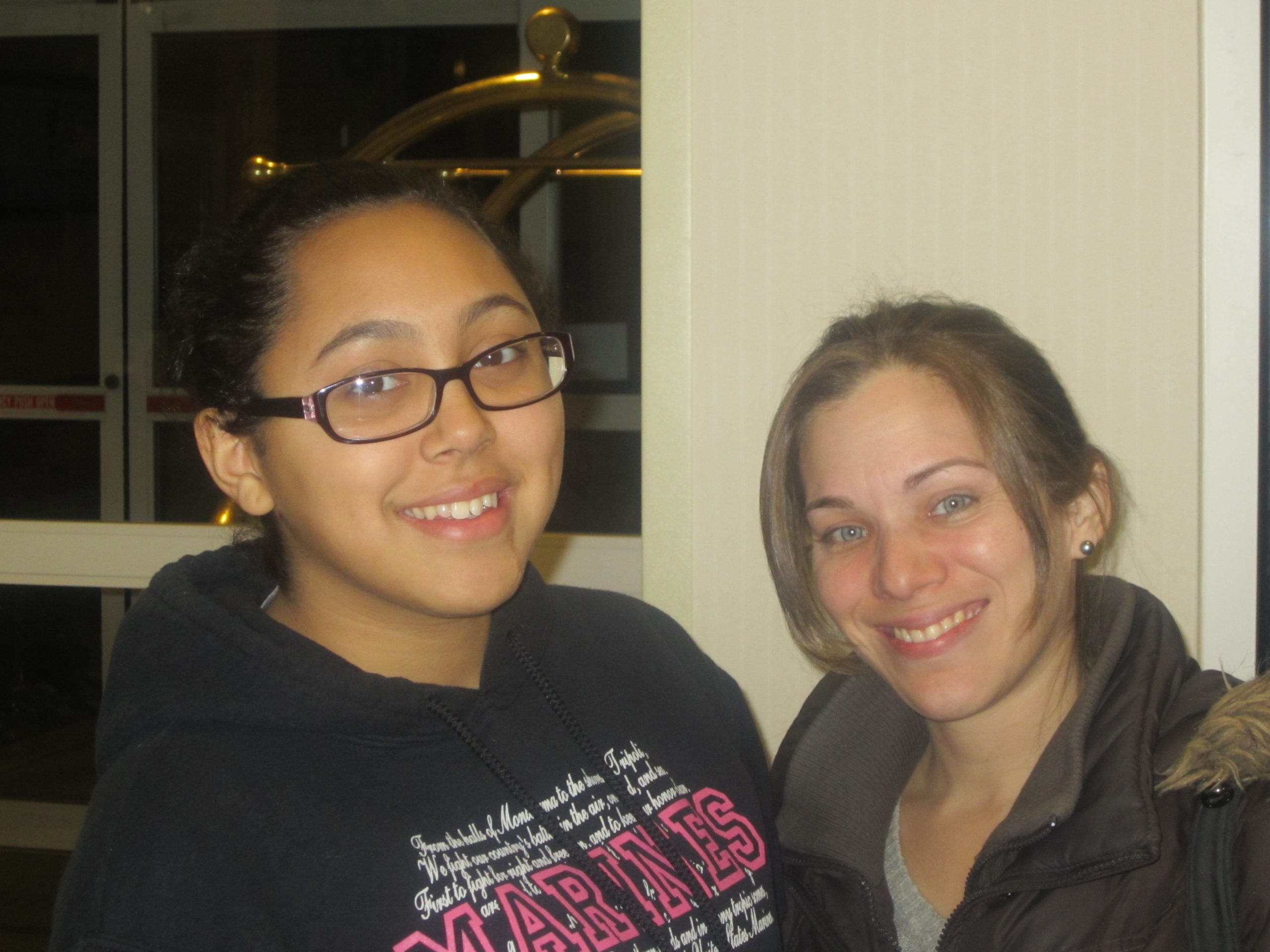Living with Primary Ciliary Dyskinesia (PCD)

Fifteen-year-old Aneres Lebron has been coming to the NIH for several years to be treated for a rare genetic lung disease. Her mother, Serena Ramos, says that Aneres was born with pneumonia and respiratory distress, but the diagnosis of primary ciliary dyskinesia (PCD) was not confirmed until many years later.
For people with PCD, the tiny hair-like structures (cilia) that are supposed to move mucus out of airways are abnormal and do not move. The mucus accumulates, causing blockage and infections. “I cough a lot and have shortness of breath, recurrent pneumonia and sinus infections,” Aneres says. “It’s really the big three,” her mom adds, “ear, sinus, and lung infections.”
The PCD Foundation suggested that they look into the work being done at the National Institutes of Health, but it was actually their school nurse at home in New Jersey who recommended The Children’s Inn to them (the nurse’s son had been a patient at the NIH and they stayed at The Inn many times). “Being at NIH can be a long process. I like staying at The Children’s Inn, though, because there are a lot of things to entertain you, like the computers.”
The family has also enjoyed many of the activities that The Inn provides, such as building gingerbread houses, baking cookies, and going out to family dinners. “It’s nice because you’re away from home, but with everything surrounding you it still feels like home” says Serena. On their most recent visit, Aneres’ sister, 13-year-old Keren, came along for the first time. Keren’s presence helped keep Aneres’ spirits high and made her feel even more comfortable. When at home in New Jersey, Aneres enjoys hanging out with her sister and going shopping with her friends.




